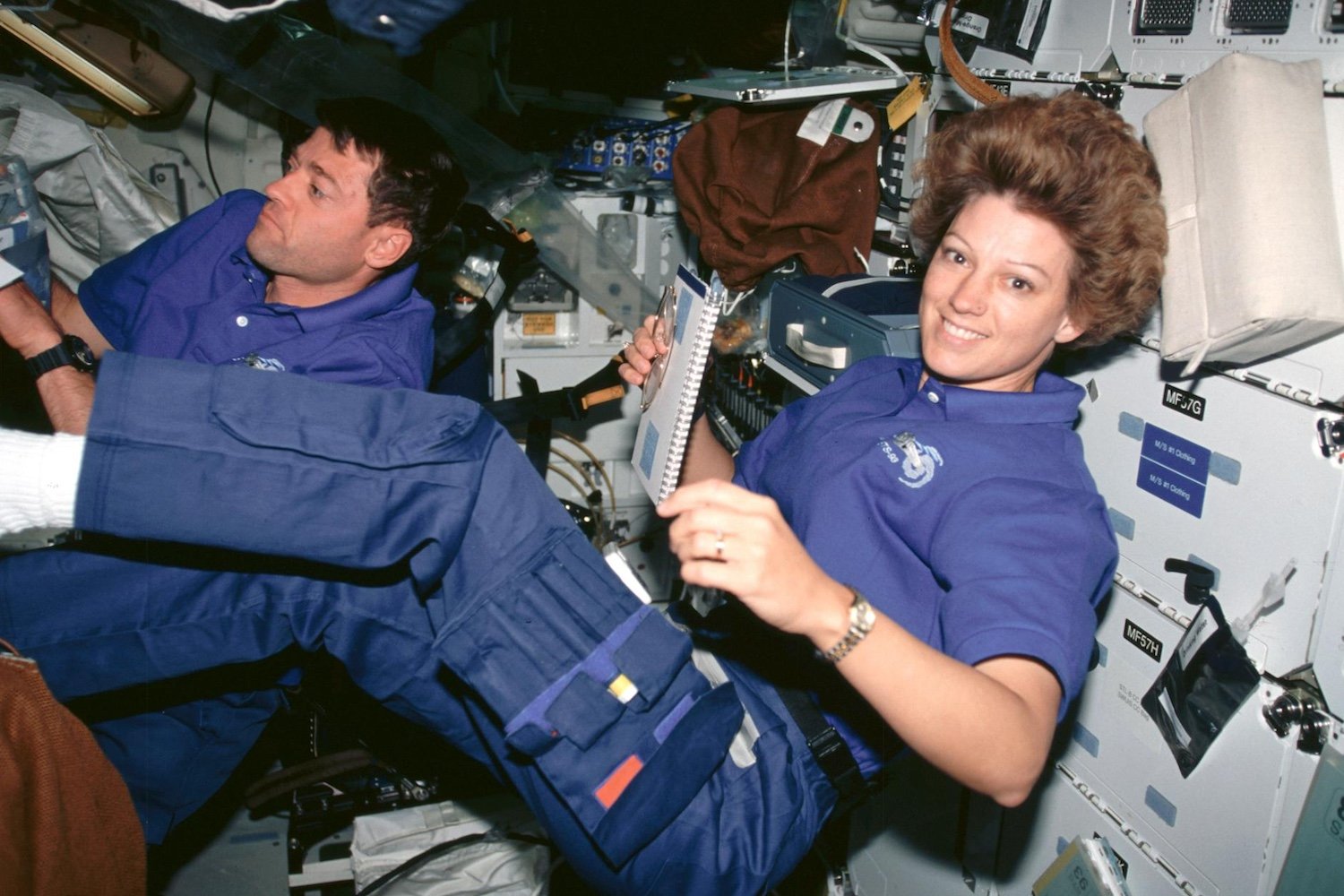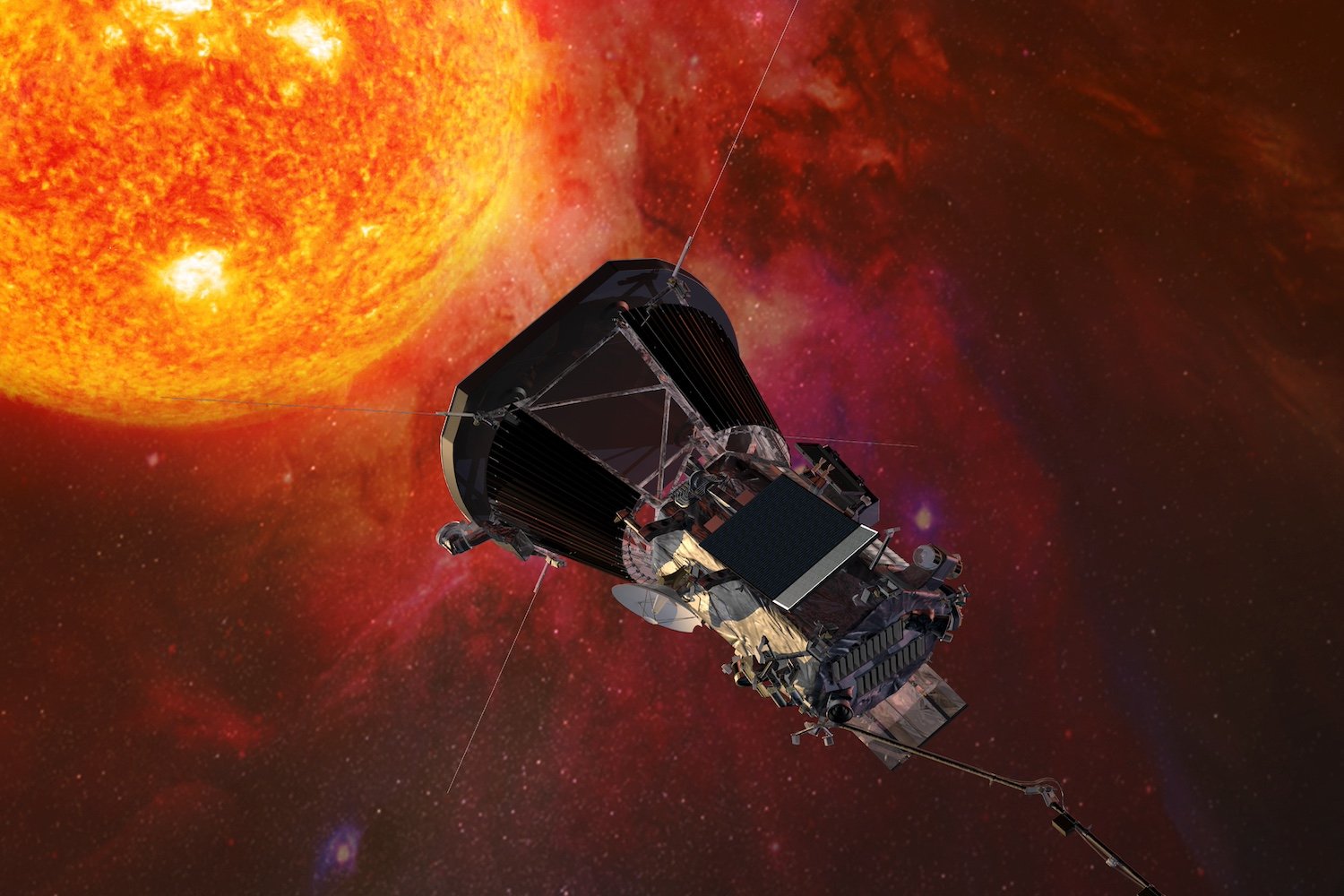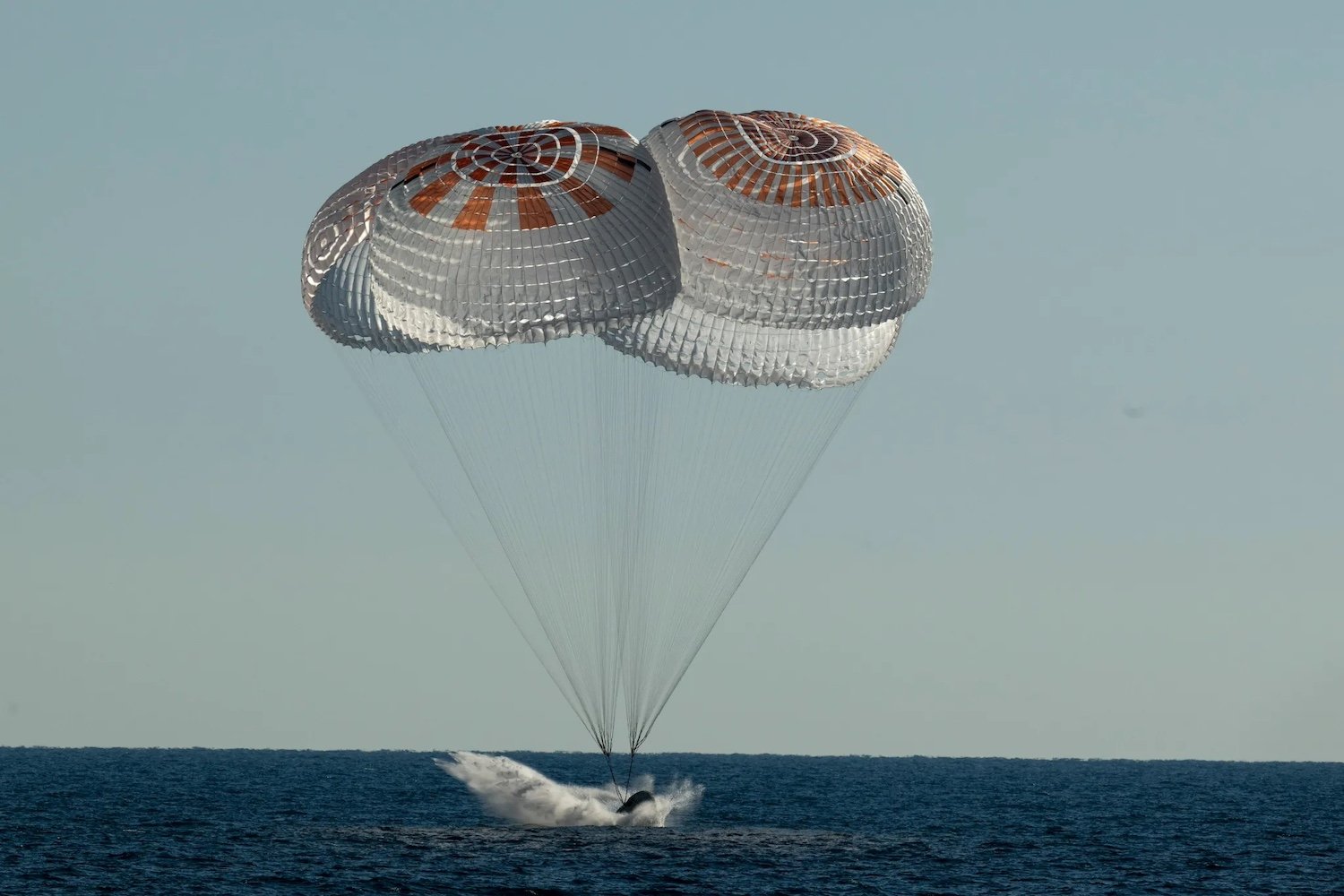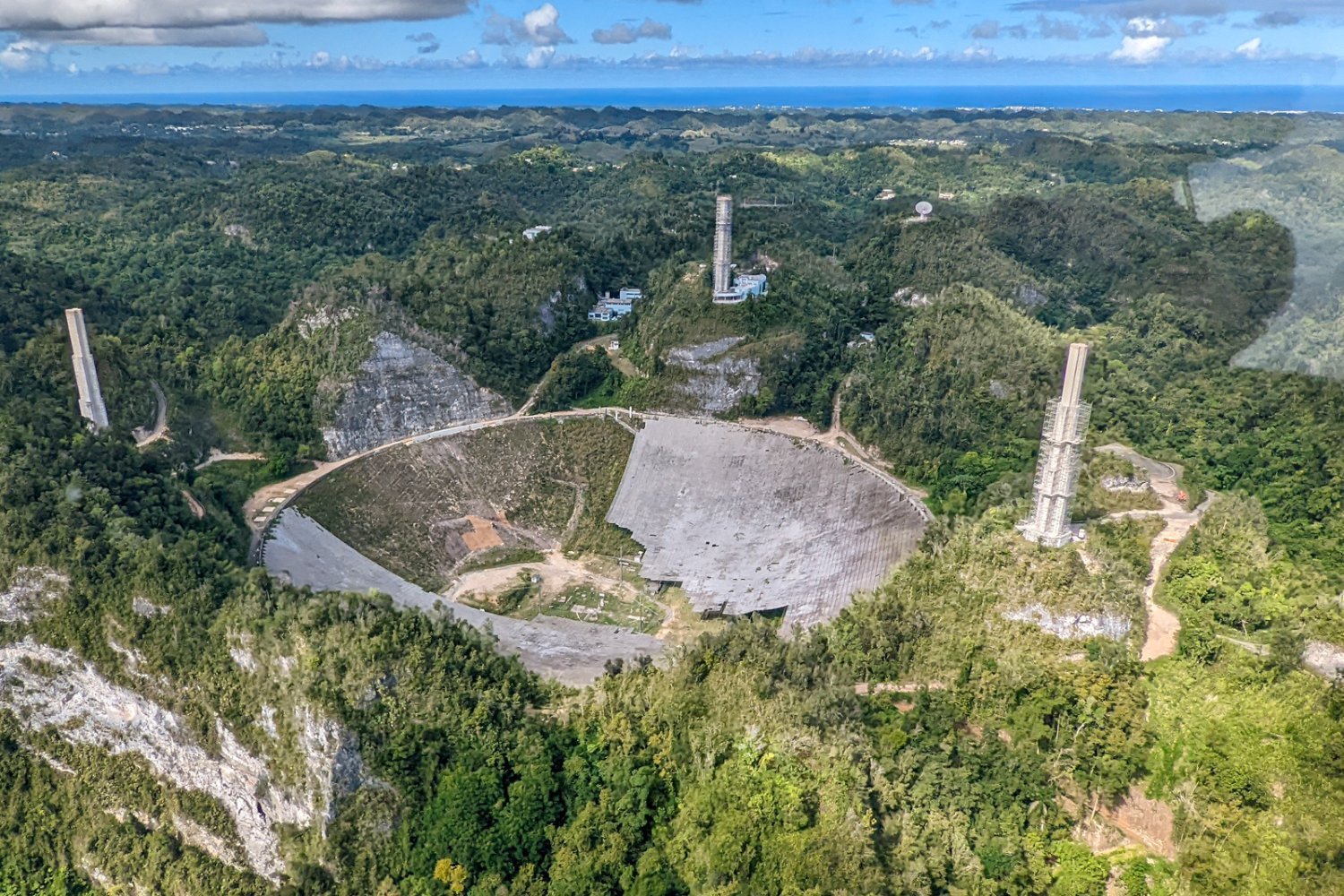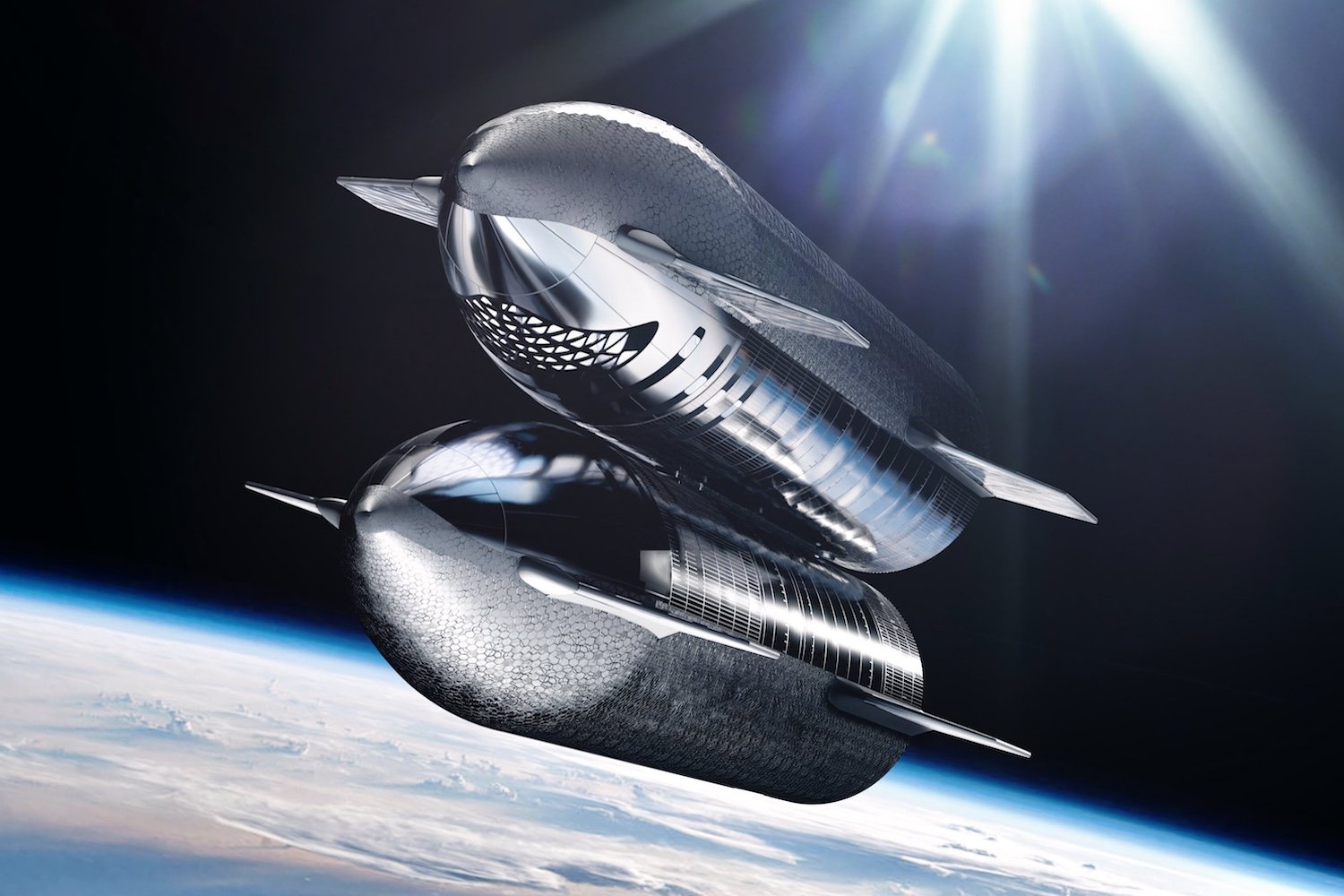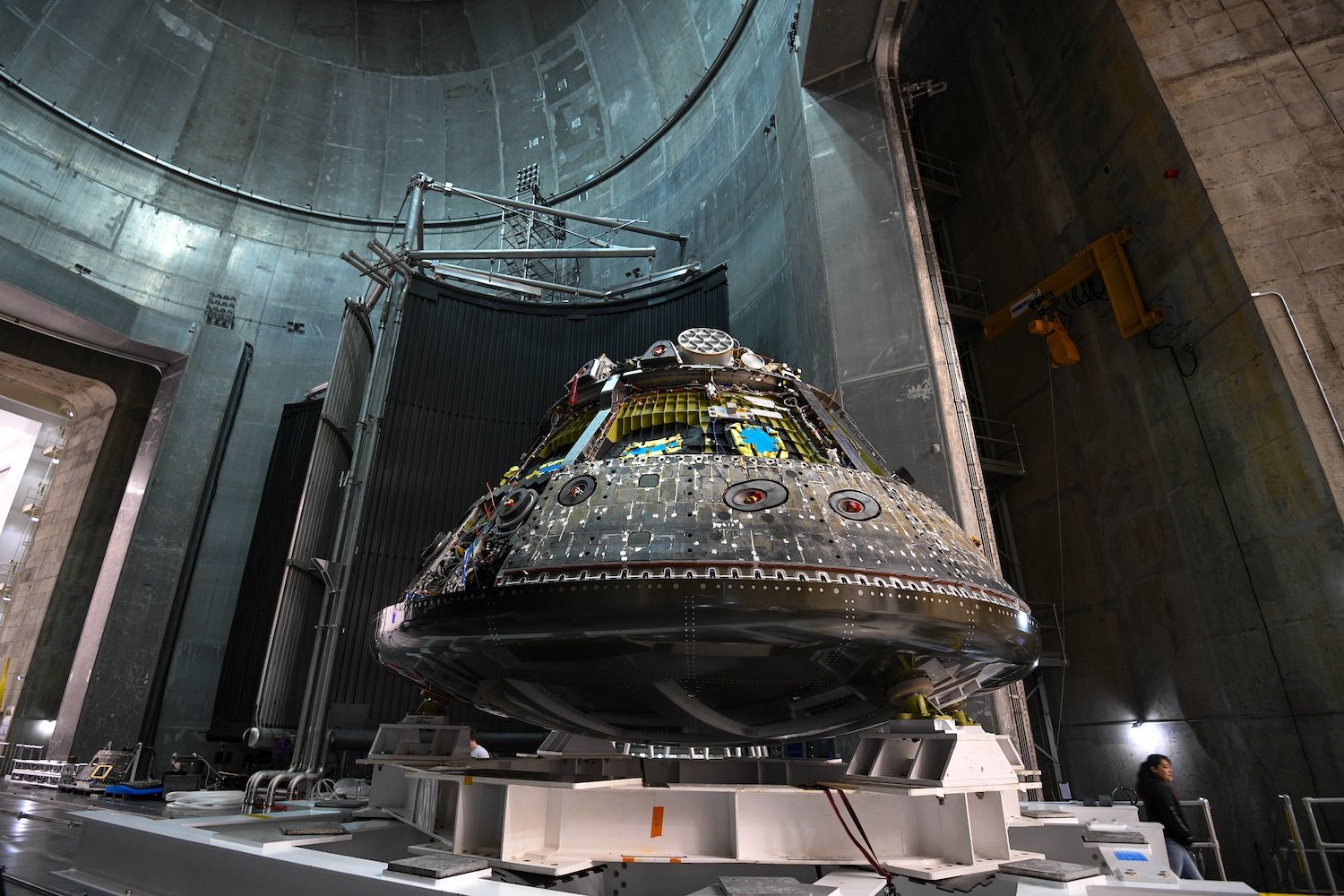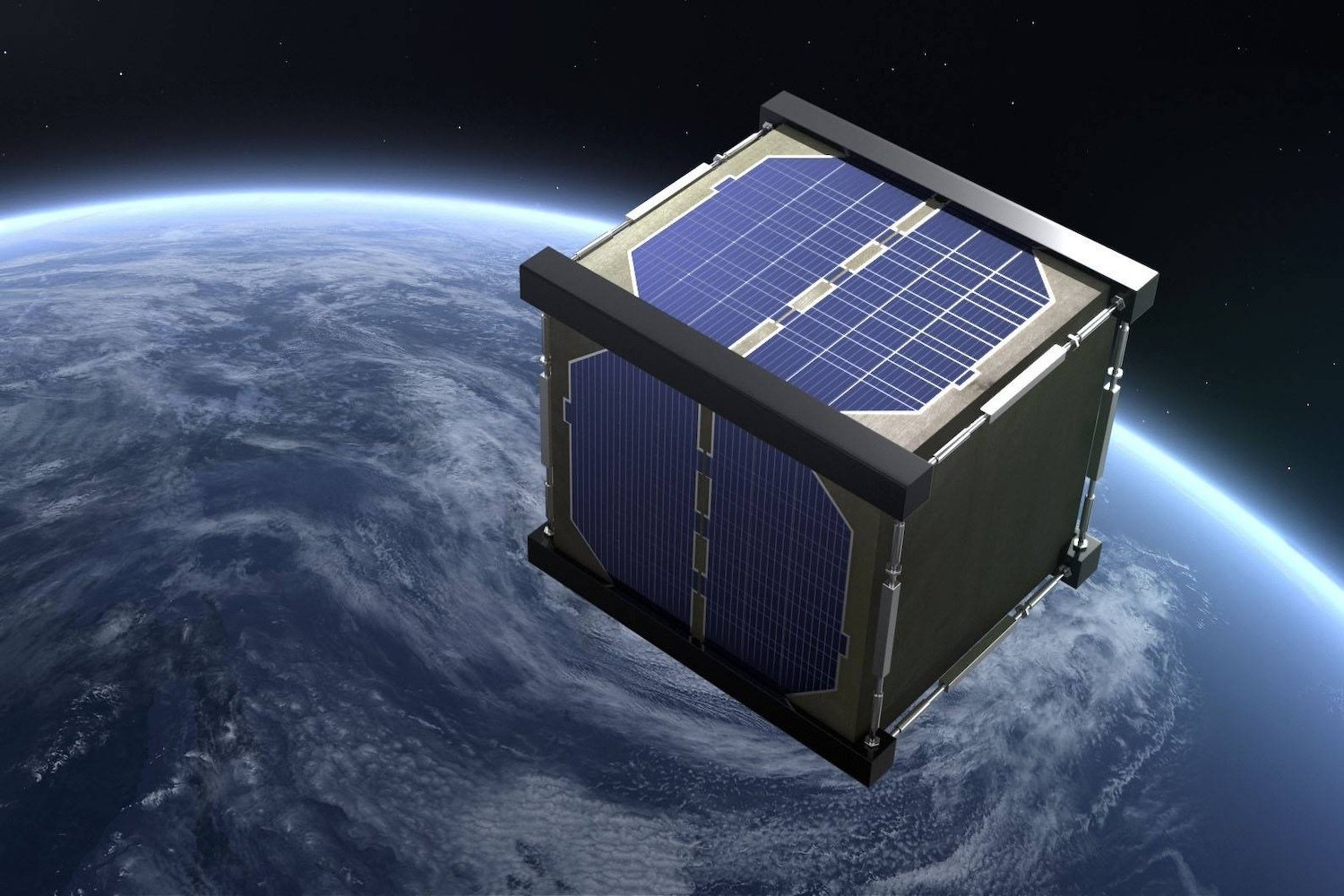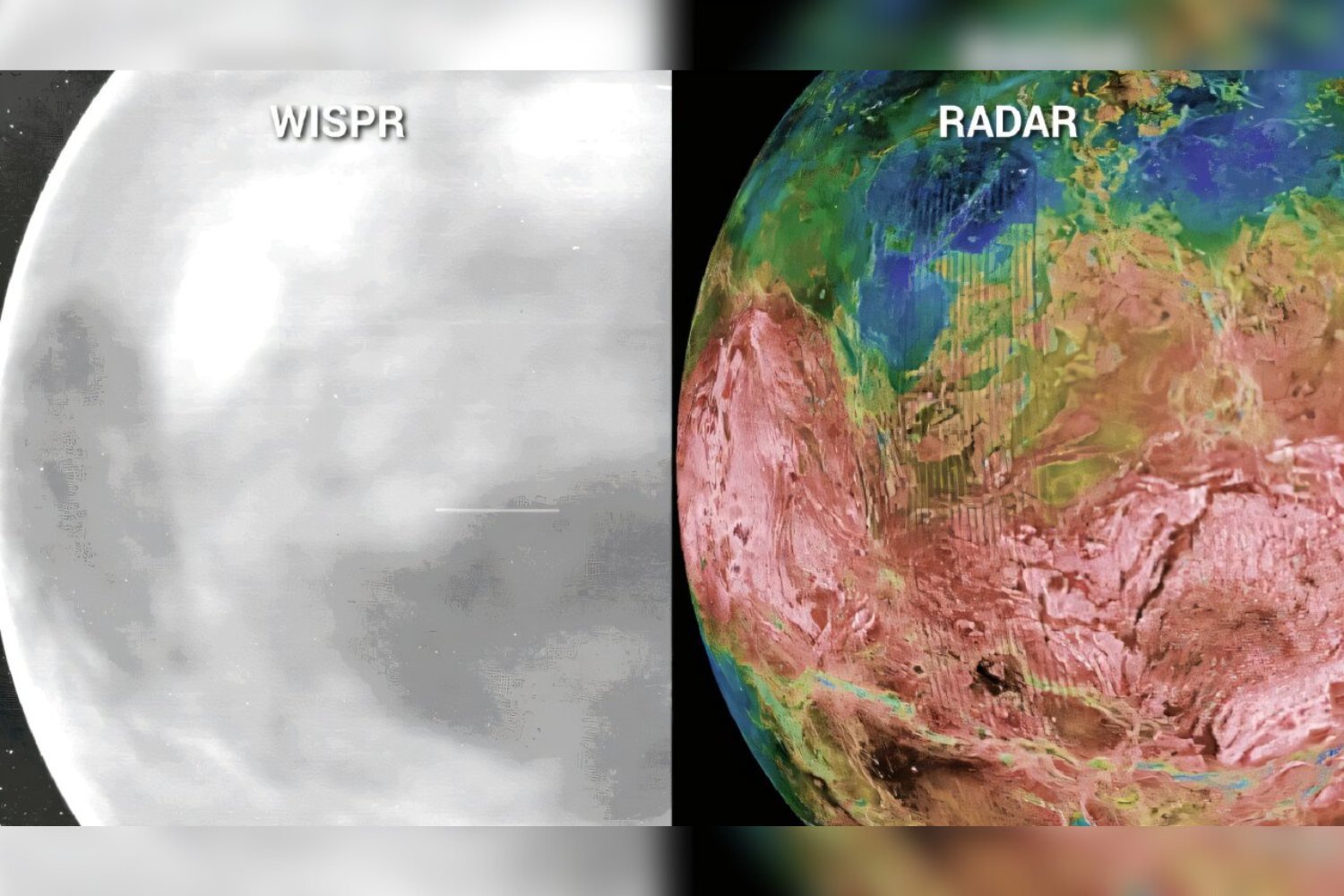Eileen Collins, the first American woman to pilot and command the Space Shuttle, initially resisted the idea of a documentary about her life. She felt it was too personal. However, realizing the importance of sharing her unconventional journey, she agreed to participate in Spacewoman, a film exploring her path to breaking barriers in the male-dominated field of spaceflight.
Collins’ story is not the typical astronaut narrative. Growing up in Elmira, New York, with limited financial resources, she worked tirelessly to afford flying lessons, fueled by a childhood dream of becoming a pilot. In 1978, she joined the U.S. Air Force, shortly after women were allowed to train as pilots. Around the same time, NASA selected its first class of female astronaut candidates for the Space Shuttle program. Sally Ride made history in 1983 as the first American woman in space.
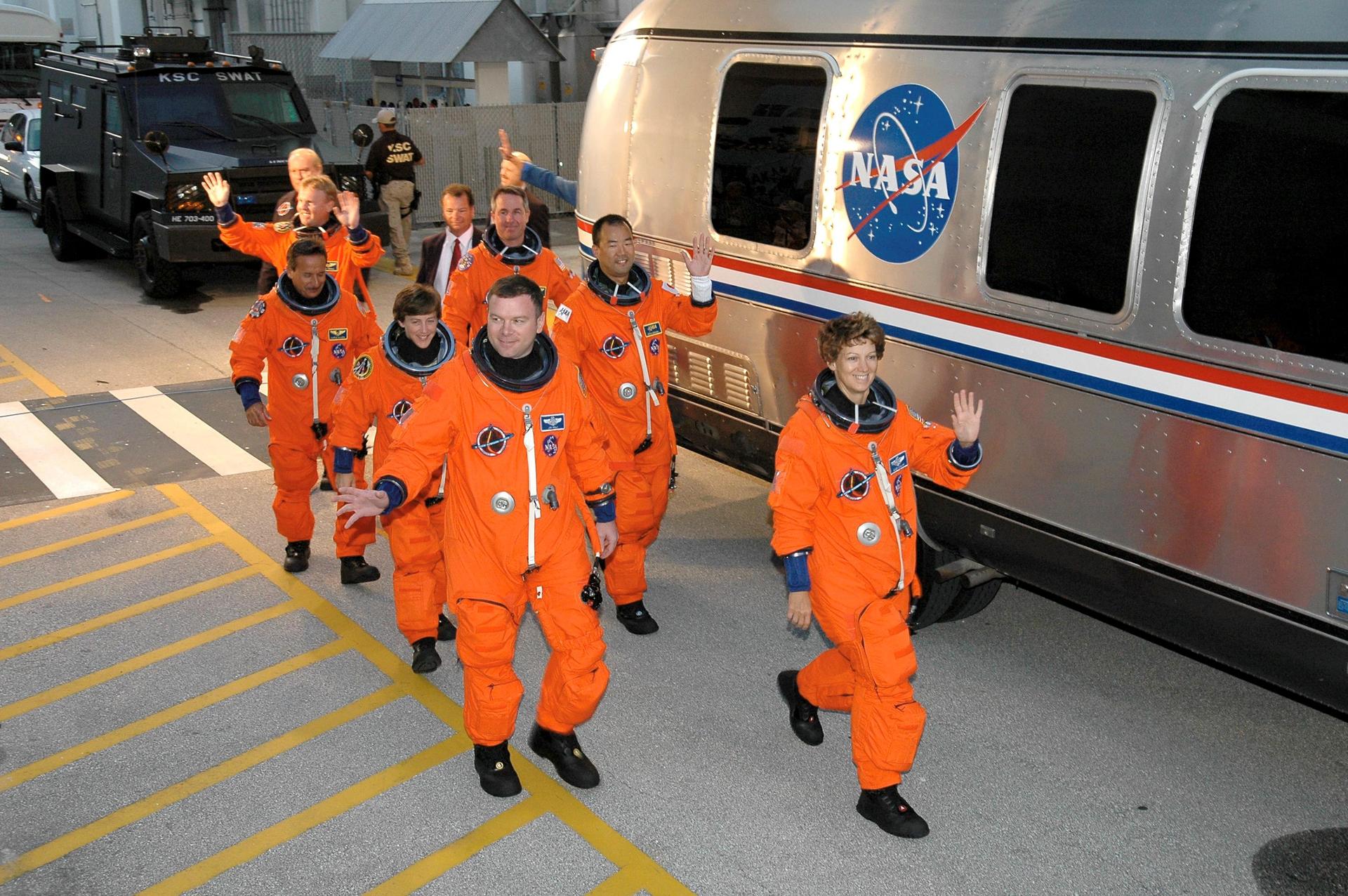 Astronaut Eileen CollinsThe STS-114 crew members on their way to the launch pad. Credit: NASA
Astronaut Eileen CollinsThe STS-114 crew members on their way to the launch pad. Credit: NASA
A year later, Collins joined NASA. In 1995, she piloted the Space Shuttle, marking another milestone for women in space exploration. The mission involved the first rendezvous with the Russian Mir Space Station. In 1998, she was selected to command the mission deploying the Chandra X-Ray Observatory, becoming the first woman to command the Space Shuttle.
This mission, however, was no ordinary flight. It was NASA’s “Return to Flight” mission, following the devastating loss of the Space Shuttle Columbia and its crew a year earlier. Collins, already planning this to be her last mission, was determined to ensure a safe return to space for the nation. Her resolve only strengthened after the Columbia tragedy, despite being just five weeks from launch when the disaster occurred.
The documentary Spacewoman, partly based on Collins’ autobiography, Through the Glass Ceiling to the Stars, delves into the personal sacrifices and challenges she faced. It explores the impact of her career on her family, particularly her young daughter, and the influence of her upbringing on her resilience.
 Eileen Collins inside the Space ShuttleEileen Collins in the Space Shuttle. Credit: NASA
Eileen Collins inside the Space ShuttleEileen Collins in the Space Shuttle. Credit: NASA
Originally scheduled for 1999, the Space Shuttle Discovery finally launched in July 2005. Despite safety upgrades implemented after the Columbia disaster, debris struck the Discovery during liftoff. Collins, drawing on her experience and training, calmly navigated the situation, determined to avoid a similar fate. A crucial 360-degree maneuver near the International Space Station allowed astronauts on board to photograph Discovery’s thermal tiles, revealing damage requiring urgent spacewalks.
Collins emphasizes the technical complexities of piloting the Space Shuttle, designed in the 1970s with predominantly manual controls. The job required years of memorization and precise execution to avoid catastrophic errors. She contrasts this with the automated systems of modern spacecraft, acknowledging the increased safety but also lamenting the diminished role of the pilot.
Nearly two decades after her last spaceflight, Collins fondly remembers the weightlessness of orbit and the unique perspective of Earth from space, though she jokingly notes the lack of pizza. Despite her retirement, she expresses a desire to return to space, highlighting the enduring allure of space exploration.



